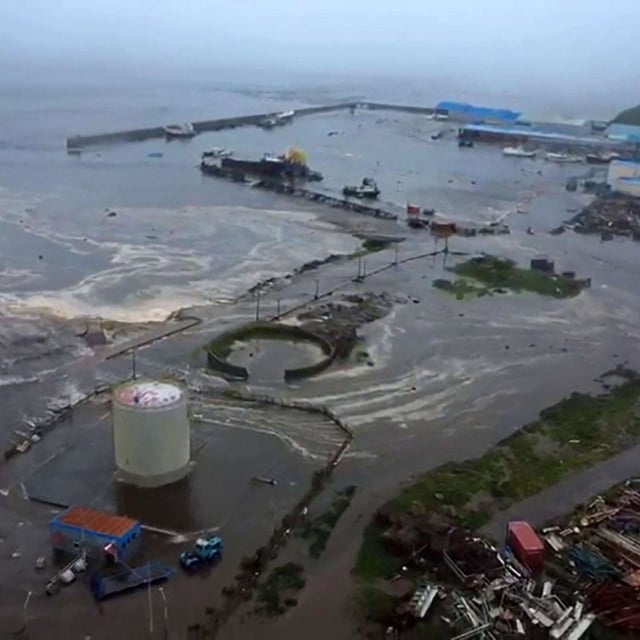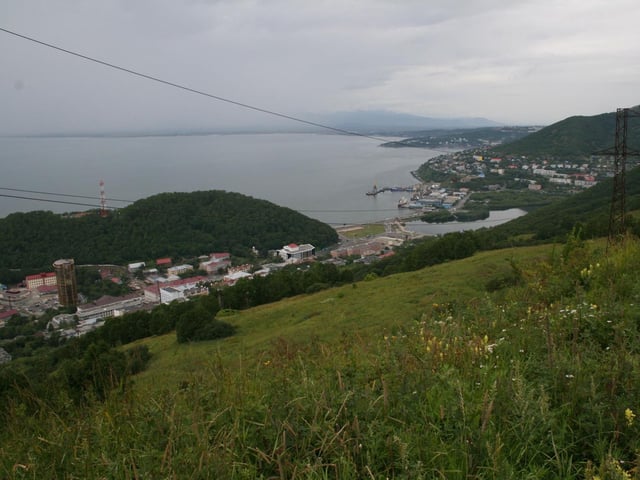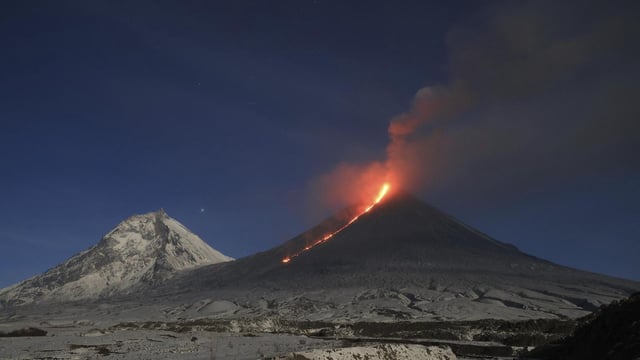Overview
- The USGS measured the July 30 earthquake at magnitude 8.8, making it the strongest globally since the 2011 Fukushima disaster.
- The quake’s epicenter was located roughly 130 kilometers offshore from Russia’s Kamchatka Peninsula at a significant depth beneath the sea floor.
- Three- to five-meter tsunami surges flooded coastal areas near Sewero-Kurilsk, and Japanese authorities recorded waves up to 1.3 meters with several injuries but no fatalities.
- By July 31, emergency services in Russia’s Far East and northern Japan had lifted most tsunami warnings across the Pacific after assessing limited damage.
- The Russian Academy of Sciences forecasts aftershocks up to magnitude 7.5 over the next month, urging communities to remain on alert.



